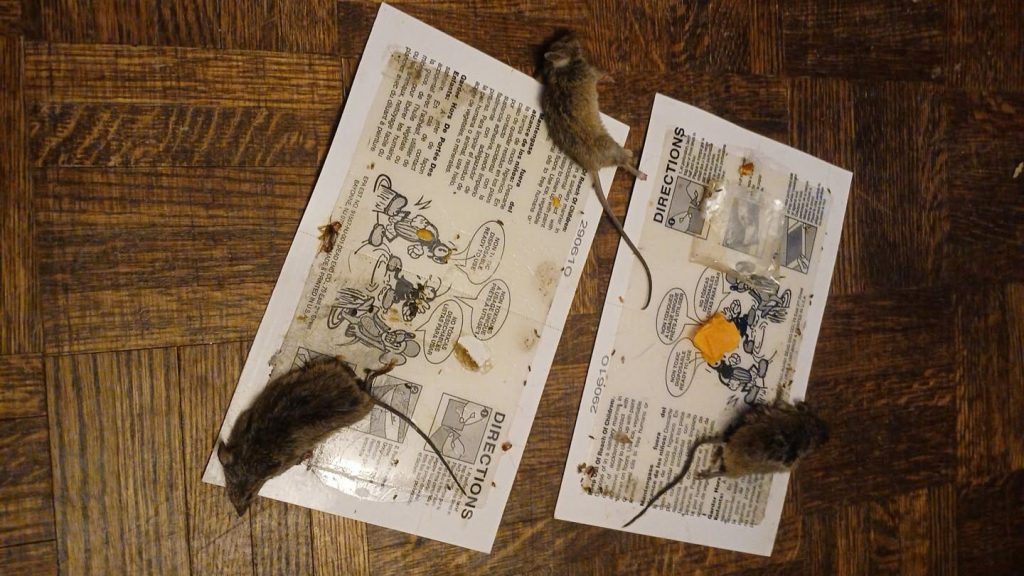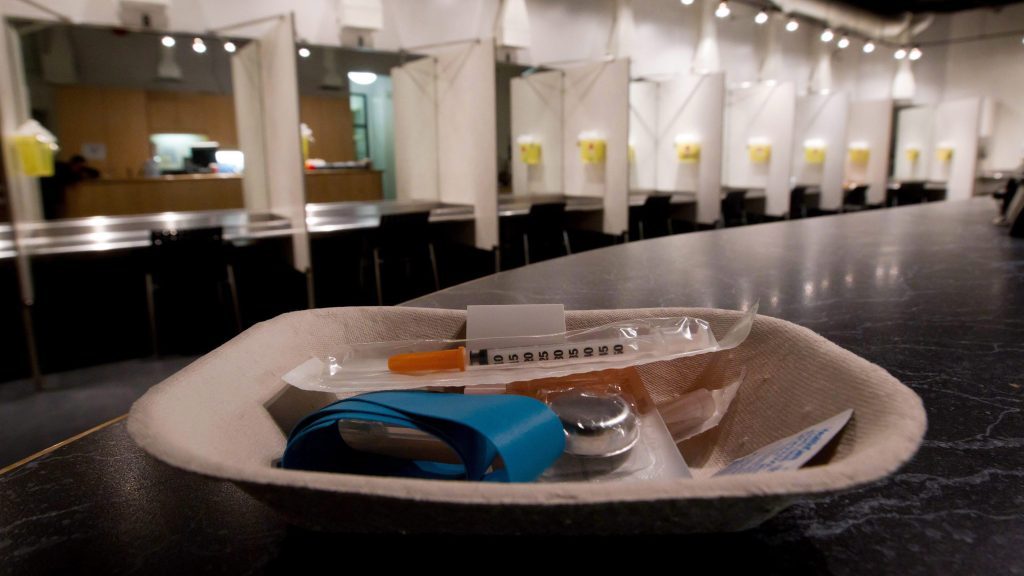Exhibit of plastinated human corpses opens without controversy at Halifax museum
Posted January 11, 2018 5:15 am.
Last Updated January 11, 2018 3:20 pm.
This article is more than 5 years old.
HALIFAX – An exhibition of plastinated human cadavers that has raised controversy elsewhere is being met with support, not protest, at its first stop east of Montreal, the Nova Scotia Museum of Natural History says.
Jeff Gray, curator of visitor experiences and exhibits, said he expected some controversy over the Body Worlds RX exhibition, but has instead seen an overwhelming amount of support and interest.
“When these shows first launched in the late 90s, there was a lot of controversy and people’s comfort level was lower,” he said in an interview. “But a lot of that controversy has abated over the years.”
“The response has been overwhelmingly supportive. The interest in this exhibit is unprecedented,” Gray added. “We currently have more high school students booked to come visit the museum in this exhibit than we’ve had in the last 10 years.”
The Roman Catholic Church, which has raised moral questions about Body Worlds exhibitions elsewhere, has chosen to stay silent about the Halifax exhibition.
“At this point in time we have no specific thoughts or comments to share about the upcoming Body World RX exhibit,” Aurea Sadi, spokesperson for the Archdiocese of Halifax-Yarmouth, said in an email last month.
The exhibition is dark and dramatic, with black walls, ceilings and floors. Behind glass displays are brightly lit plastinated corpses, a complex technique that removes fluids from bodies and replaces them with plastics that harden.
The modern-day mummification takes thousands of hours to complete, beginning with a formaldehyde injection. Scientists at the Institute for Plastination in Heidelberg, Germany, then start the time-consuming anatomical dissection, unravelling a labyrinth of muscles, nerves and arteries that compose the human body. The plastination process then exchanges water for a polymer that is cured with a gas.
The specimens on display in Halifax include the Standing Man, the Ligament Body, the Split Man, the X-Lady, the Javelin Thrower and the Arterial Bone Body, each poised in the black exhibit like an illuminated spectre offering a unique — if somewhat eerie — glimpse into the world of human biology and physiology, including organs, muscles, the nervous system and skeletal structures.
“All specimens we process in our labs are donated. Without their donation, Body Worlds and all our work would never exist,” said Dr. Angelina Whalley, a physician, exhibit curator and director of the Institute for Plastination.
She said the controversy surrounding the exhibition was strongest in Germany because of its history.
“People are concerned about the use of human remains, which is understandable and acceptable,” said Whalley, whose husband, Dr. Gunther von Hagens, invented plastination. “But in other countries there was hardly any controversy.”
“When we started exhibiting in North America, the first museums had initiated ethical committees with church members and bioethicists involved,” she said. “That really helped get rid of suspicion, particularly on the source of the specimens.”
The first plastination display was in Japan in 1995, and there have been hundreds of exhibitions since. However, at roughly 10,000 square feet, they were too large for a museum in Atlantic Canada to host.
The new scaled-down exhibition, the first of its kind in the region, is about 4,000 square feet. It focuses on healthy living and lifestyles and uses plastinated bodies as a way to educate people about human health, Gray said.
“When you come and you see the javelin-throwing man, that was a person,” he said. “All of the organs — of which there are many — are all real, from real people.”
The exhibition, which was scheduled to open Thursday night to members and which runs until April 22, is open to all ages. The museum has left it to parents’ discretion whether it’s appropriate for young children.
“It’s full bodies and nothing is covered or shied away from,” Gray said. “The reproductive organs of both males and females are on view.”
About 40 Dalhousie University medical students have volunteered to help educate museum visitors about the human body, he said. The volunteers will don white lab coats, and provide visitors with information based on their specialities.
The museum sold an unprecedented number of passes in the runup to Christmas, and for the first time has sold advance tickets for the exhibition, Gray said.
Admission to the museum — which includes entrance to the exhibit — is $6.30 for an adult, with discounted rates of $4.05 for children, $5.70 for seniors and $5.25 for students. Annual passes are $17.95 for an adult, or $42.50 for a family.








